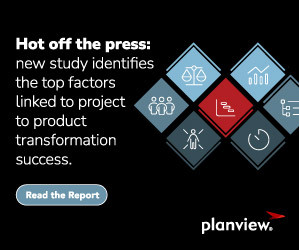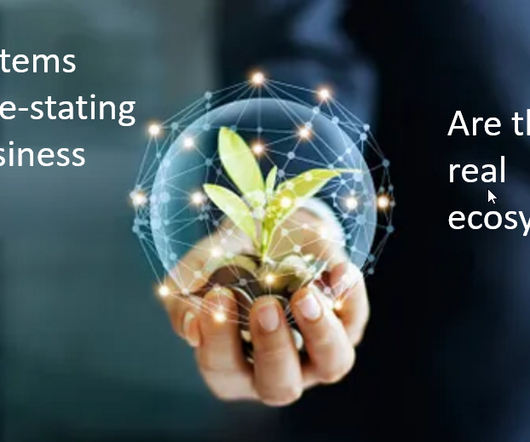Building an Agile & Innovative Organization
Idea to Value
SEPTEMBER 7, 2021
To get the outcomes the executives are expecting from innovation, they’d need to build an agile organization where innovation happens at scale. As so many organizations are embarking on this journey towards becoming more innovative and agile, there’s unfortunately a lot of fake agile and innovation theater out there.


















Let's personalize your content